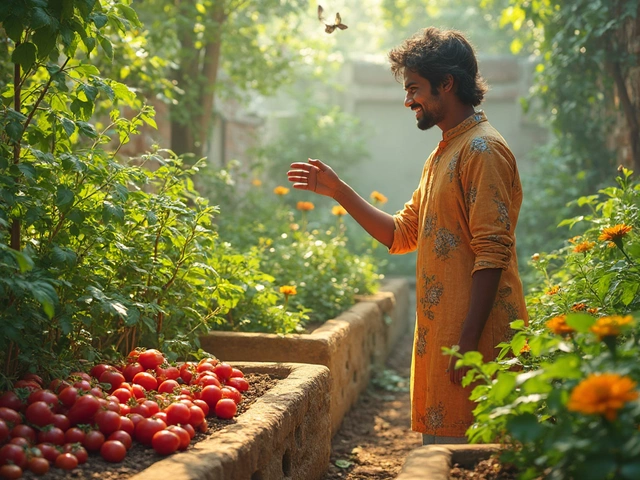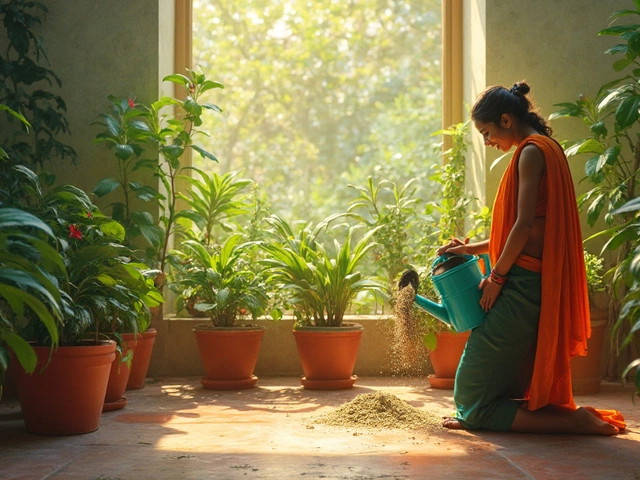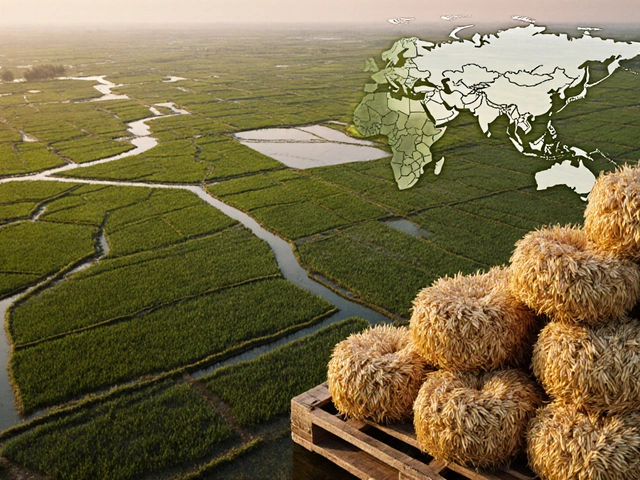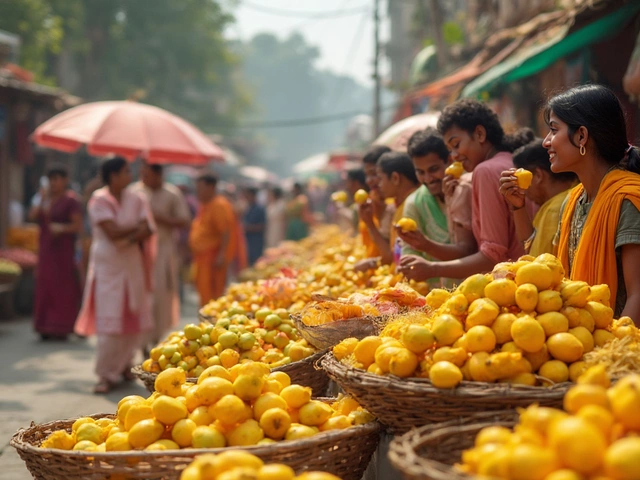Eco-Friendly Gardening: Simple Steps for a Greener Yard
Want a garden that looks great and does good for the planet? You don’t need a massive overhaul—just a few smart moves can turn your space into a low‑impact oasis. Below are practical ideas you can start right now, all based on real‑world tips from our eco‑friendly tag.
Save Water with Smart Irrigation
Water is the biggest expense for most gardeners, and the easiest place to cut waste. Switching to drip irrigation or using drip tape instead of sprinklers can reduce water use by up to 60 %. Bury the drip lines at the right depth (usually 2‑3 inches for most soils) to protect them from sunlight and keep the water where the roots need it. If a full drip system feels pricey, start with a few sections around high‑needs plants and expand gradually.
Another tip: water early in the morning or late evening. The cooler temperatures reduce evaporation, so more water reaches the soil. Pair this with a rain barrel to capture free water from the sky, and you’ll slash your water bill while keeping plants happy.
Turn Waste into Nutrients
Composting is a cornerstone of any eco‑friendly garden. Kitchen scraps, coffee grounds, and garden clippings become rich organic matter that improves soil structure, boosts microbial life, and reduces the need for chemical fertilizers. If you’re worried about space, try a bokashi bucket; it’s compact and speeds up decomposition.
Beware of feeding the wrong waste to the wrong plants. For example, most veggies love coffee grounds, but some ornamental shrubs dislike the acidity. Keep a simple list handy: add coffee grounds to tomatoes, carrots, and roses, but skip them for azaleas and rhododendrons.
Mulching with leaf litter or straw also conserves moisture and suppresses weeds. Spread a 2‑inch layer around your plants and watch the soil stay cooler and moister longer—another win for water savings.
Choose Native and Low‑Maintenance Plants
Native species are already adapted to local climate, soil, and pests. They need less water, fewer fertilizers, and often attract beneficial insects. In India, options like Jasminum nudiflorum, Bombax ceiba, and many hardy herbs thrive with minimal care.
If you love vegetables, try crops that fit the season and rain pattern. Broccoli, for instance, does well in cooler months and requires less irrigation compared to water‑loving lettuce. Pair broccoli with “sister plants” like garlic or marigold to naturally deter pests.
Make Your Yard Wildlife Friendly
Adding a few birdhouses, bat boxes, or bug hotels invites wildlife that helps control pests. A small pond or rain garden can capture runoff, reduce erosion, and provide a habitat for beneficial amphibians.
Even simple flower choices matter. Planting the luckiest flower in India—marigold—adds color, cultural significance, and can act as a natural insect repellent.
All these steps stack up. By conserving water, recycling waste, picking the right plants, and inviting wildlife, you create a garden that’s both beautiful and gentle on the environment.
Ready to start? Pick one tip from each section, try it for a month, and watch the difference. Your garden will thank you, and so will the planet.
Permaculture Gardening: What It Means and How to Get Started
Permaculture gardening goes way beyond planting a few veggies—it's all about working with nature, not against it. This article breaks down what permaculture really means, why it grabs the attention of modern gardeners, and how it helps turn your backyard into a low-maintenance, productive ecosystem. You'll find real-world tips to get started, learn from quirky examples, and discover how to make your garden work smarter, not harder. If you want food, flowers, and a garden that pretty much takes care of itself, you're in the right place.
About
Sustainable Gardening
Latest Posts


Should I Mist My Bonsai Tree? The Real Deal on Misting Bonsai
By Alden Thorne Jun 13, 2025

Adding the Right Ingredients to Water for Thriving Indoor Plants
By Alden Thorne Mar 5, 2025

5 Surprising Rice Facts You Should Know
By Alden Thorne Oct 25, 2025

